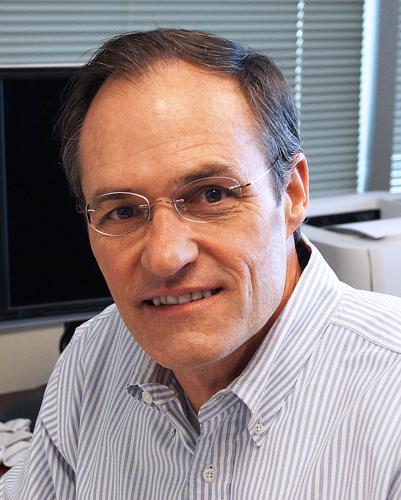PHOENIX — Officials of the Tohono O’odham Nation were discussing possible sites for a casino in Maricopa County even as tribes were telling voters in 2002 there would be no new tribal gaming in the Phoenix area if they approved a ballot measure.
Officials were already looking at land west of Phoenix before the vote over tribal gaming, documents the tribe was forced to disclose in a pending lawsuit show. And the hand-written minutes of the closed meeting also show there already was interest in moving close to Glendale where, while the land was more expensive, the profits from a casino would be greater.
Attorneys for the state who subpoenaed the documents hope to use them to convince a federal judge that the tribe committed fraud 14 years ago, making it unfit to operate full-blown casino gaming at the site where it already has limited gambling.
But attorneys for the state also shared the documents with lawyers for the Salt River Pima Maricopa Indian Community, which is not a party to the lawsuit. The tribe stands to lose money if gamblers stay closer to home at the new Tohono O’odham site in Glendale.
A public relations firm hired by the Salt River community released the documents, which otherwise would not be public, at least not at this stage of the litigation.
That release embarrassed Daniel Bergin, director of the Arizona Department of Gaming, who is in court with the Tohono O’odham Nation.
State agency spokeswoman Amanda Jacinto noted the Salt River tribe had been part of a prior unsuccessful effort to block gaming in Glendale. She said Bergin’s lawyers shared the documents “to gain a better understanding of how the documents applied to the first lawsuit that all parties were a part of.”
“It was not the intent of the lawyers representing Director Bergin to have these documents shared beyond the attorneys,” Jacinto said.
In a prepared statement, Tohono O’odham Nation Chairman Edward Manuel sought to minimize what was in the notes.
He said some notes were handwritten, “by unknown authors who had no involvement in the compacting process.”
Manuel also said the tribe “won’t speculate about either the validity of the notes or the context in which they were created.” But it was the nation that produced the documents under subpoena in response to the state’s request.
Manuel said the documents “add nothing” to what courts already have considered in prior rulings allowing the tribe to proceed with the Glendale casino.
But the issues in this case are different.
In earlier rulings, federal courts did not dispute that the 2002 ballot measure giving tribes the exclusive right to operate casino gaming was sold to voters with a promise there would be no new casino built in the Phoenix metro area.
But in refusing to block the Glendale casino, they said the actual measure does not say that.
“The language is unambiguous and not reasonably susceptible to the plaintiffs’ interpretation that the compact implicitly bars the nation from gaming in the Phoenix area,” wrote Judge Carlos Bea for the 9th U.S. Circuit Court of Appeals.
The earlier lawsuit left one issue unresolved: charges by foes that the tribe committed fraud in hiding its plans. U.S. District Court Judge David Campbell said he could not rule on that issue because of tribal sovereignty.
All that changed last year when Bergin told the tribe he would not provide the necessary certification for full-blown Class III gaming on the site, saying it had “engaged in deceptive behavior” that made the tribe unfit to operate a new casino.
The tribe opened the casino anyway with Class II gaming — meaning only a certain kind of slot machine was allowed— and then sued.
That allowed Bergin to countersue. And Campbell said that now makes the allegations of fraud legally relevant.
That’s where the new documents come in.
One set of minutes, dated about a week before the 2002 election, mentions analyzing several locations for a casino, some as far out as Buckeye and Sun Valley Parkway, about 40 miles from downtown Phoenix.
But there was also discussion of a site in Cashion, just 16 miles from downtown, as well as just outside of Glendale. Tribal officials in that meeting specifically discussed buying the land with $30 million received under a 1986 federal law compensating the tribe for the loss of other reservation lands due to a federal dam project.
That is significant: While the compact that went to voters in 2002 specifically prohibited new casinos, there was an exception for property obtained as a result of a land settlement law — precisely what was in the 1986 act.
Yet a brochure prepared ahead of the 2002 election to answer voters’ questions specifically said approval of the measure would mean no additional casinos in Phoenix and only one new one permitted in Tucson.
Attorneys for the Tohono O’odham Nation later conceded the tribe helped pay for the brochure. But they said it was inaccurate because it was drafted by “public relations consultants” who “did not necessarily seek to depict the compact with legal precision.”







